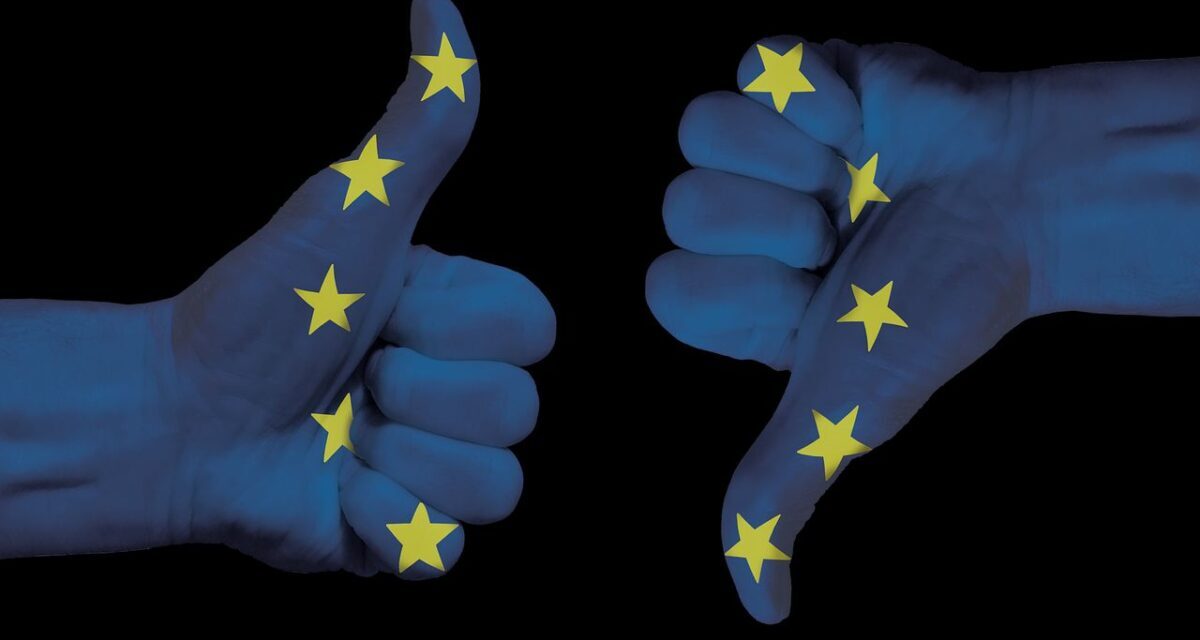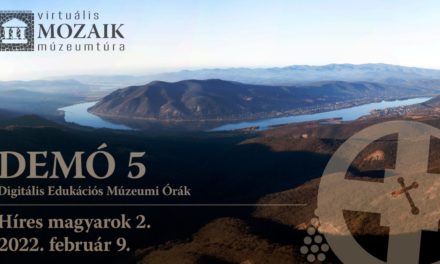A serious change is therefore necessary, of which we can now be the engine and initiator. Written by Attila Balázs D.
We are living in historic times, until the end of 2024 Hungary holds the consecutive presidency of the Council of the European Union. But what do the old postcards of the happy times of peace show us, citizens of the EU, from the era when the state confederation was still far away, which is now cut by deep trenches?
Difficult, self-defense years are behind us, as the hyper-progressiveness of the leaders of the Western states and the European Union seems to want to put the indigenous, state-forming, stubbornly self-identified nations on ventilators.
However, it is clear: if there is no identity, the possibility of national unity is also lost, which could trigger unpredictable economic and cultural processes on the old continent.
A serious change is therefore necessary, of which we can now be the engine and initiator.
That's why, our friends, let's look back to the not-so-distant times of peace with the help of old postcards! Let's see what Europe was like at that time, where visible order and a sense of security prevailed. Sometimes in color and sometimes in black-and-white images, we can find a kind of harmony that can only be experienced in a few European regions today, since
illegal immigration, which carries the threat of terrorism, has now radically transformed everyday life in most Western European locations. And this can already be seen in the image of the cities.
Let's first look down on Paris at the turn of the century from the top of the "Cathedral of Europe", Notre-Dame! About the Roman Catholic cathedral that fascinates the European soul with its beauty, monumentality, timelessness and historical value. Anyone who has already walked by it or experienced mass within its walls - where Christ's crown of thorns is kept - could also experience its sacred energies.
These energies may have attracted the photographers of the time to the top of its towers to take so many interesting shots of the many details of the Gothic wonder, and so that the picture postcards created in this way continue to announce to posterity the greatness of Paris, the Christian roots of the French capital, and the fact that the building -unspoken French national unity itself.
And perhaps it was these energies that saved the church from complete destruction in the 18th century. during the murderous atheism of the 19th century French Revolution, invisible forces could not even save it from burning to the ground in 2019, when it was presumed to have been a victim of arson.
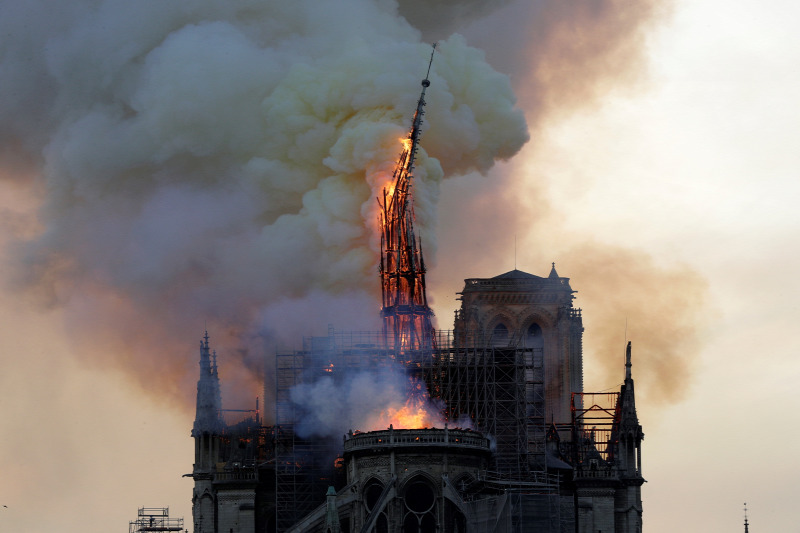
GEOFFROY VAN DER HASSELT / Source: AFP
Because it is possible that we witnessed a new kind of anti-Christian, intimidating method of infiltrating Islamist terror, when the cathedral was engulfed in flames five years ago, since the members of the radical Muslim community, unable to adapt, celebrated the disaster, mocked it, and have been defaming churches in France one after the other ever since.
There have already been several examples of a priest being murdered or a history teacher beheaded.
We could talk about all this openly when these problems broke out, while the French, the Germans, the Belgians or the English could hardly do so. Even in their drawers, there are postcards similar to ours from the time of their grandparents, from the years when there was exponentially greater order and security in Western Europe. Somehow they don't want to take notice of all this in Brussels. It's as if the motto of "completely erasing the past" has infected them.
But let's also take a look at the old Belgian capital, when other winds were blowing in Brussels! Our postcard shown here was commissioned a year before the First World War, which shows us one of the most bizarre main squares in Europe from the perspective of 111 years.
From a Hungarian or even a Parisian point of view, the Grand Place is a "szájhós square", because despite its name, it is actually considered small among the main squares of European cities.
In the Middle Ages, jousting tournaments and public executions were held here, and in 1848 Marx and Engels wrote the Communist Manifesto in one of the restaurants on the square. Lo and behold, the gravediggers of Europe have already been attracted to this strange point of Brussels like a magnet.
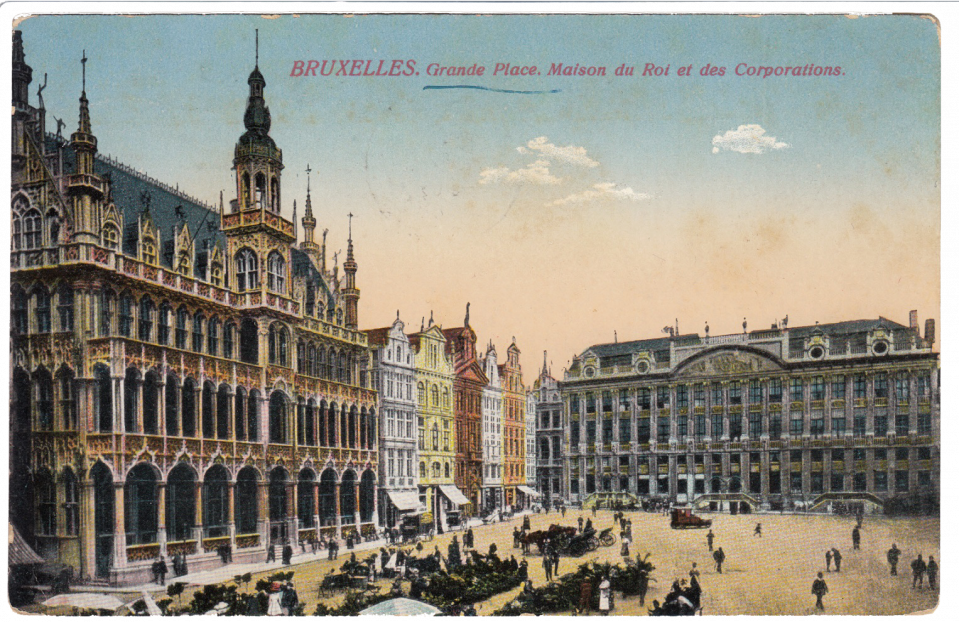
Brussels - Grand Place. Maison du Roi et des Corporations, 1913. Source: private collection of the author
Well, let's relax our nerves after all this at one of the most beautiful resorts of the Austro-Hungarian Monarchy, Karlsbad in the Czech Republic, in Karlovy Vary, i.e. Károlyfürdő! If only because this place was a concept in peacetime Europe due to its spa culture - just like the Hungarian Herkulesfürdő and Pöstyén mentioned on the same page. In addition
most of the spa buildings in Karlsbad were designed by the same famous Viennese architect couple, Fellner and Helmer, who also noted the most beautiful Hungarian theater buildings in the Carpathian Basin. Partying here is still like being at home, just a little further away.

Karlsbad - Sprudel, 1906. Source: private collection of the author
Our Karlsbad postcard was sent to Győr in 1906, and in the indoor shot, which is considered special, the mineral water geyser named Sprudel is surrounded by those wishing to heal in the drinking hall.
As I look at the peaceful idyll, I wonder if this hot, healing water, rising several meters high in the middle of Europe, is not indicated for chronic hypocrisy, memory loss, side talk, or perhaps acute political Stockholm syndrome...
There would be plenty of demand for it, since Europe continues to suffer today due to the previous unreasonable redrawing of national borders and the "extension" of the Marx-Engels axis, which the EU top leadership, unable to face its mistakes and in need of urgent medical treatment, continues to do with a shovel every day.
This is why the Hungarian EU presidency has set its flag on the most urgent tasks, including stopping migration, increasing external border protection, improving the demographic situation and restoring economic competitiveness.
Half a year will probably be enough to lay the solid foundations envisioned by Hungary. If we look at the fact that Hungarian peacekeepers rebuilt the bombed-out bridge in Mostar after the South Slavic war - which became a world heritage site after all this - it is incomprehensible why they are surprised at us if we want to cross the wall as well.
After all, we simply love her from the bottom of our hearts, which is why we would protect Europe, the beautiful woman.
We also wrote a song for it, and when we pick up a nice postcard from Rome, Vienna or London - be it antique or brand new - our hearts skip a beat, even if everyone in Trianon and Paris has actually let us down.
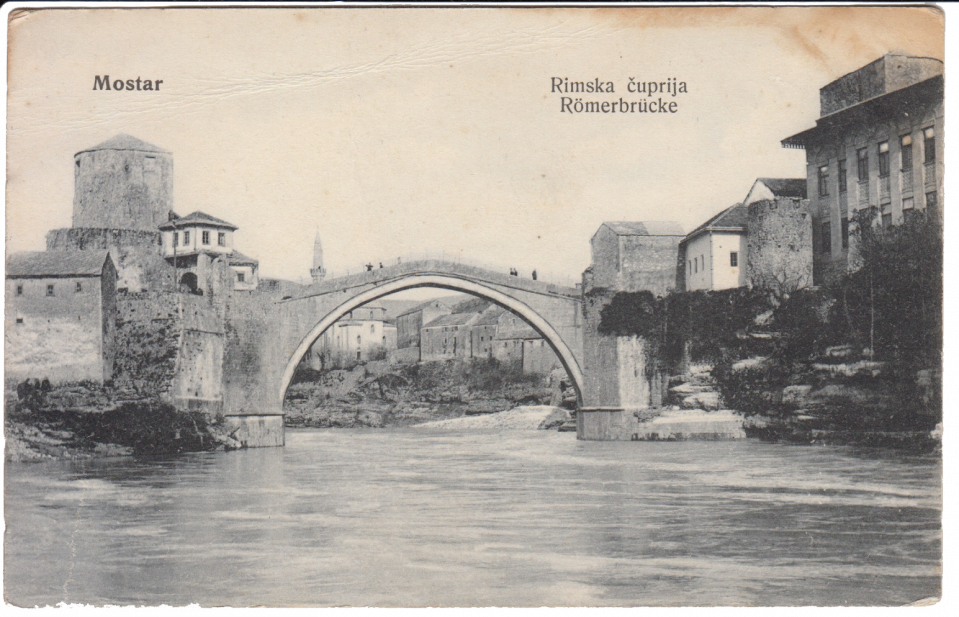
Mostar around 1910. Source: private collection of the author
We Hungarians are survivors who hear and understand the voice of old postcards, if only because in 1869, the first director general of the Hungarian post office, Mihály Gervay, started the distribution of "lettering cards" for the first time in the world.
Thus, we started the "archiving" of Europe at peace, the bringing to life of that reminder image, which even today cannot be argued with, which shows a mirror and which can be pulled out of the pocket when trouble threatens.
Cover image source: Pixabay.com

